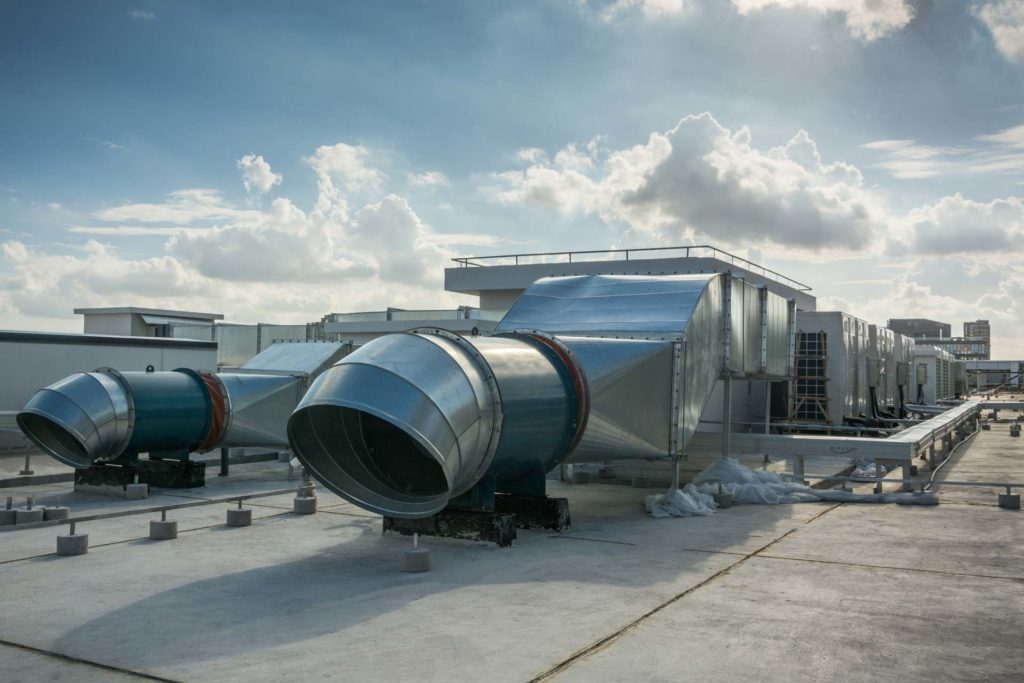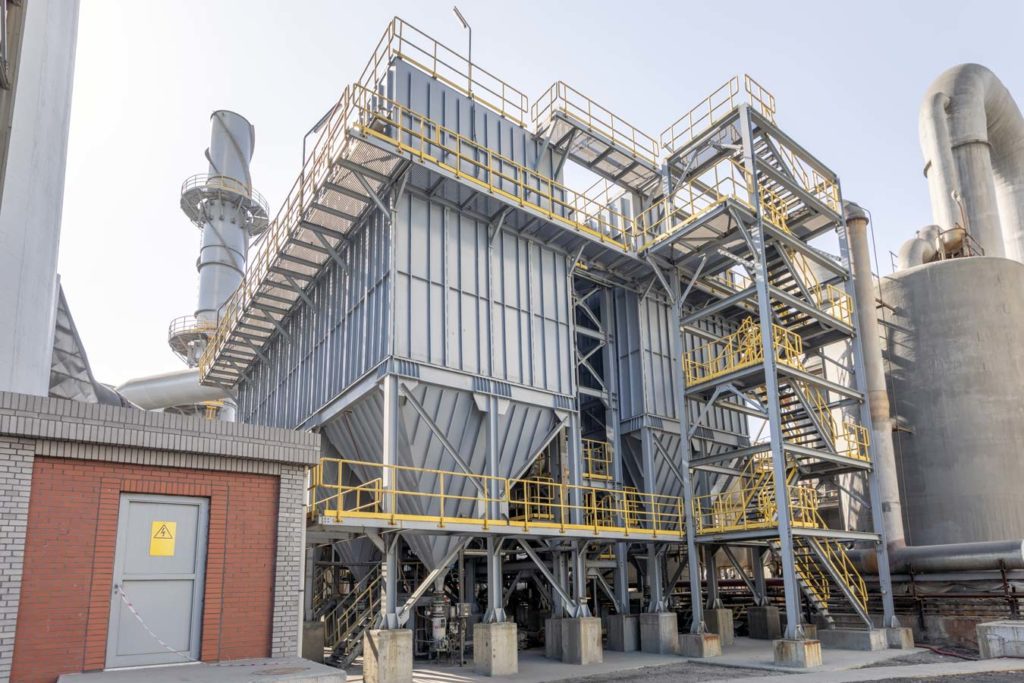originally published July 2022 – updated July 2025
Maintaining good air quality is more than a best practice. It’s essential for protecting your workforce, extending equipment life, and meeting regulatory standards. Industrial dust and manufacturing debris can harm employee health and disrupt operations if not handled properly.
Portable dust collectors offer a flexible, efficient way to capture airborne particles and improve workplace safety, without a full-scale system overhaul.
Whether you’re running a small workshop or a large industrial facility, having the right dust collection setup in place can make all the difference.
What Is a Portable Dust Collector?
A portable dust collector is a mobile filtration system designed to capture airborne dust, fumes, or particles directly at the source.
Unlike large, centralized systems, these units can be easily moved from one area to another, making them ideal for job sites, small workshops, and operations with variable workstations.
They help maintain air quality, protect equipment, and ensure compliance with safety and environmental regulations without the need for permanent ductwork or major infrastructure changes.
Who Uses Portable Dust Collectors?
Industries that release dust, fumes, or chemical particulates during production often rely on portable dust collectors to stay compliant and protect worker health.
These systems help prevent dust buildup that can damage equipment or create unsafe working conditions.
Common industries include:
- Chemical processing
- Food production
- Manufacturing
- Metal fabrication
- Pharmaceuticals
- Woodworking
- Waste management
Facilities such as warehouses, job sites, and production plants utilize portable dust collectors to maintain clean air and comply with stringent OSHA, EPA, and local safety standards.
These units are especially valuable in environments where tasks such as concrete grinding, welding, or material mixing generate airborne hazards.
How Do Portable Dust Collectors Work?
Portable dust collectors utilize localized suction to remove airborne contaminants, such as dust, smoke, or chemical fumes, directly at the source.
Most systems feature a flexible arm or hood that captures particulates during processes like welding, grinding, or cutting.
Once the air is drawn in, it’s pushed through a filtration chamber, often containing high-efficiency PTFE membrane filters. These filters trap fine particles while allowing clean air to pass through and recirculate back into the workspace.
The result is safer, cleaner air without interrupting your workflow or requiring a permanent installation.
Benefits of a Portable Dust Collection System
For facilities with limited space, variable workstations, or short-term air quality requirements, portable systems provide a smart and flexible solution. Key advantages include:
- Improved air quality without needing major infrastructure upgrades
- Enhanced equipment performance by preventing dust buildup on machinery
- Compliance support for OSHA and EPA standards
- Mobility to move units wherever dust is being generated
- Minimal disruption to production, especially around enclosed or sensitive equipment
- Disaster recovery capabilities for fire, flood, or contamination response
- Better product quality by reducing airborne contaminants
- Protection for workers and surrounding communities from exposure to hazardous particles
Experienced manufacturers can also help customize units based on your facility’s layout and specific filtration needs.
Types of Portable Dust Collectors
Portable dust collectors are available in various configurations, depending on the application, air quality standards, and the type of particulate matter. Below are the most common types used.
Wet Scrubbers
Wet scrubbers use a scrubbing liquid — often water or a chemical solution — to capture and neutralize airborne pollutants. The mist binds with dust and gases, pulling them out of the air before they can recirculate.
Best for:
- Chemical-heavy environments
- High-humidity or explosive dust conditions
Air Scrubbers
Air scrubbers filter contaminants using HEPA filters or ionization methods. These are commonly used in restoration, remediation, and manufacturing settings where smoke or fine dust is present.
Best for:
- Removing fine dust, allergens, or smoke
- Indoor restoration and construction sites
Electrostatic Precipitators
These units apply an electric charge to airborne particles, which are collected on oppositely charged plates.
Best for:
- Smoke, oil mist, and fine particulate removal
- High-volume industrial exhaust streams
Inertial Separators
Also known as cyclones, these collectors use centrifugal force to separate heavier particles from the air.
Best for:
- Operations with large dust loads or coarse particles
- Pre-filtering ahead of fine filtration systems
Portable Baghouse Units
While traditional baghouses are large, stationary systems, portable baghouse units bring the same fabric-filter technology into a mobile form. These systems use pleated filters or bag-style media to trap dust, then recirculate clean air.
Best for:
- Shops or job sites needing mobile, high-efficiency filtration
- Environments where filter media flexibility is required
- Applications where OSHA or EPA compliance is a concern
Trust Baghouse America for Your Portable Dust Collector Needs
Maintaining clean air quality is essential for workplace safety and protecting the health of your employees. As a leader in the environmental industry, Baghouse America has developed low-cost, high-quality air pollution control systems for more than 20 years.
As a trusted portable dust collection manufacturer, we design long-lasting solutions that help our clients meet emission standards and workplace safety regulations.
Contact Baghouse America and see how our team can support your commercial air quality needs.

